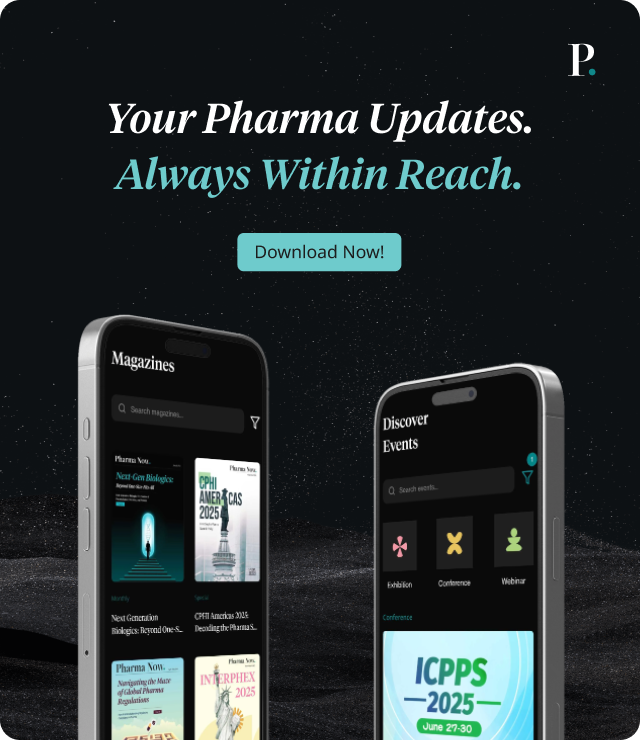Medtronic Secures FDA Green Light for Revolutionary Asleep Deep Brain Stimulation
Medtronic sees growth in brain modulation, driven by Percept RC device and asleep DBS advancements.
Breaking News
Aug 14, 2024
Simantini Singh Deo

Medtronic's brain modulation division reported a
year-over-year growth in the low double digits for the quarter ending April 26,
according to its latest earnings report. During a May earnings call, CEO Geoff
Martha highlighted the “strong uptake” of the Percept RC device featuring
Brainsense technology, which is a rechargeable system designed to capture brain
signals and provide stimulation.
Amaza Reitmeier, the general manager of brain modulation at
Medtronic, stated that the recent approval for asleep deep brain stimulation
(DBS) represents a “significant advancement” in their surgical offerings. This
approval may give Medtronic a competitive edge over devices from competitors
like Abbott, positioning the company to tap into a growing market for DBS.
The interest in asleep DBS has surged in recent years, as
surgeons have gathered evidence supporting its benefits in specific cases. A
2021 study published in the Journal of Neurosurgery detailed the experiences of
a single surgeon who treated 103 patients with asleep DBS at Brigham and
Women’s Hospital from 2015 to 2019.
The study’s authors noted several “distinct advantages” of
asleep DBS, including shorter surgical times, while also recognizing scenarios
where the traditional method might be more suitable. They emphasized that
asleep DBS necessitates specialized equipment and intraoperative scanning,
which limits the ability to conduct intraoperative stimulation for confirming
optimal target placement.
Clearpoint Neuro supplied the neuronavigation system
utilized at Brigham and Women’s Hospital. In response to a question from an
analyst in 2021, Clearpoint's CEO, Joe Burnett, stated that “ some of the
materials from different DBS companies are starting to indicate more and more
usage of really leaving it up to the physician as to whether the patient should
be awake or asleep for these procedures.”
